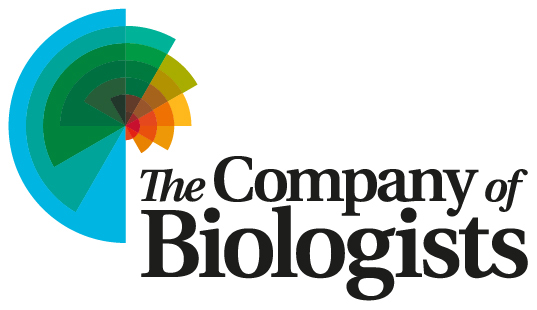About the Workshop
The vertebrate limb is an outstanding model for integrative approaches to study the development and evolution of body structures and their regeneration as well as the molecular alterations underlying disease. Rapid advances in chromatin and enhancer analysis, single cell and mechanobiology are at the forefront of a new era in this field. Adding to this, genetic modelling provides unprecedented molecular understanding of the cis-regulatory variants and chromosomal alterations that cause human congenital malformations. This in combination with novel imaging and sophisticated computational modelling tools is driving the field to gaining holistic insights into the underlying molecular and cellular principles. As a result, several previously elusive themes are making rapid progress and bring different research areas together. This includes identification of the molecular signatures for specific progenitors and cell-lineages that function in diverse morphogenetic processes such as limb skeletal, digit and fingerprint development and limb and tissue regeneration in anamniotes and amniotes. Analysis of the gene expression changes underlying evolution and congenital malformations reveals intriguing molecular similarities as well as evolutionary trade-offs that predispose to skeletal disease. The major goal of this EMBO Workshop is gather both established scientists and newcomers to represent the full diversity and all emerging research directions, stimulate discussion, catalyse collaborations and strengthen integrative research approaches.
Topics:
- Cellular mechanics and dynamics
- Genomic landscapes and congenital malformations
- Gene and chromatin regulation
- Molecular and cellular mechanisms of regeneration
- Fin and limb evolution and diversification
- Evolution, skeletal development and disease
Image credits: A. Morabito, M. Davey, S. Edwards-Jorquera, T. Sandoval-Guzmán, M. Tanaka, J. Sharpe
About EMBO Courses and Workshops
EMBO Courses and Workshops are selected for their excellent scientific quality and timelines, provision of good networking activities for all participants and speaker gender diversity (at least 40% of speakers must be from the underrepresented gender).
Organisers are encouraged to implement measures to make the meeting environmentally more sustainable.










